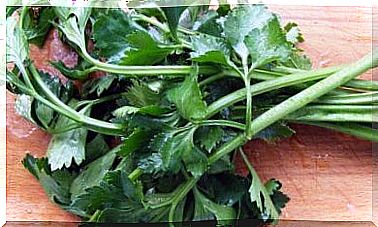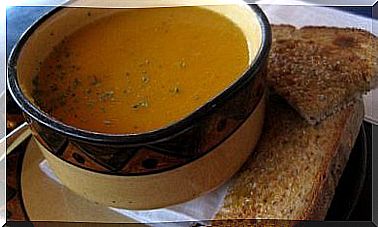What Can We Do With Citrus Peel?
Do you know which part of citrus fruits contains a large number of health properties? The bark, which is beneficial to prevent cancer or cardiovascular disease, prevent fluid retention and accumulation of fat or improve the body’s defenses, among many others. Discover what we can do with citrus peel.
In this article, we’ll explain how you can use lemon, orange, tangerine, and grapefruit peels to enjoy their medicinal, culinary, and cosmetic benefits.
For this it is essential that the fruits are from our own cultivation or organic, to ensure that they do not have pesticides, waxes or other toxic substances accumulated in the peel.

How to preserve citrus peel?
The first step is to wash the fruits well, peel them and eliminate the whitish parts of the interior that can be bitter.
The first way to use them is to grate them and use them directly fresh, since this way they are more aromatic.
But, if we want to keep them to use punctually, we can freeze the grated shells.
Another option is to dry the citrus peel naturally, in the sun or in the oven (low temperature for several hours), and pulverize them with the help of a coffee grinder.
Medicinal uses of citrus peel
- Powerful antioxidant action : thanks to its flavonoid content, it helps to prevent and naturally treat cancer, especially skin and breast cancer, as well as minimizing the risk of suffering cardiovascular disease.
- Its high vitamin C content helps to have a strong immune system.
- Cleansing and depurative effects, inside and out. It also helps to prevent fluid retention.
- Relaxing and slightly sedating properties. Citrus fruits help to improve mood.
- Improves digestive function, especially with fats.
- It improves the assimilation of nutrients, such as iron, which can help treat anemia.
Culinary uses of citrus peel
The citrus peel, fresh or dry, helps give a refreshing and very aromatic touch to recipes, in addition to bringing medicinal benefits and facilitating digestion:
- In cakes, sponge cakes and biscuits: mixing them with the dough or as a decoration.
- In vinaigrettes or all kinds of sauces or even to season oils.
- As a seasoning (dryed and powdered) to flavor meat, fish, soups and stews.
- In teas and beverages (lemonade, shakes, juices, vegetable drinks).
- To give the ice cubes an original touch: add the fresh citrus zest to the ice cube water.
- We can confection the shells whole or in pieces, boiling them with sugar and roasting them.

To prepare a syrup: Boil the rind with honey or sugar until reduced by half. Keep this syrup in the refrigerator and you can use it both for cooking and as a syrup for children and adults.
This syrup helps to strengthen the body’s defenses and prevent illnesses caused by viruses and bacteria.
Cosmetic uses of citrus peel

Thanks to its vitamin and mineral content, citrus fruits help to clean the skin and also improve its texture, preventing sagging, moisturizing it and preventing the appearance of wrinkles, as they improve cell regeneration and contribute to collagen production .
- Natural exfoliant: we can prepare a simple and effective exfoliant to cleanse the skin and help it regenerate; just mix sugar or salt, grated or powdered lemon rind and olive oil or almond oil (if the skin is dry), or even aloe gel (if the skin is oily).
- Deodorant : if we blend the citrus peels in a blender, the juice we obtain can be used as a very effective natural deodorant without harmful substances. Keep the product in the refrigerator for a few days or freeze and keep using.
- Soaps : We can get a very aromatic soap using citrus peels instead of lavender.









